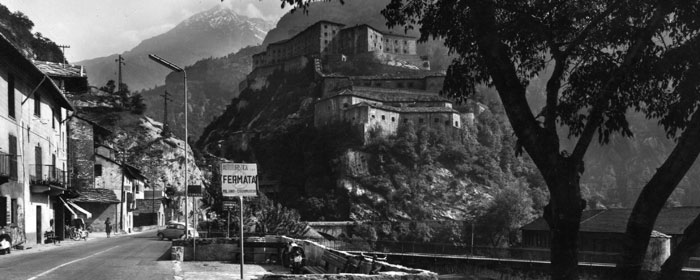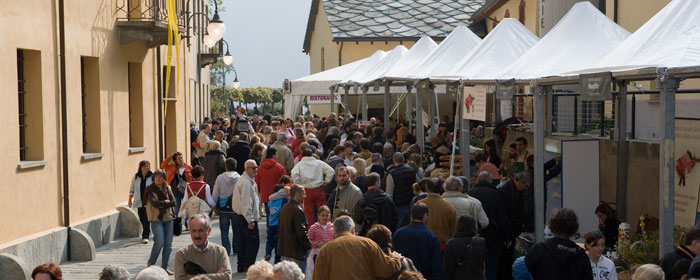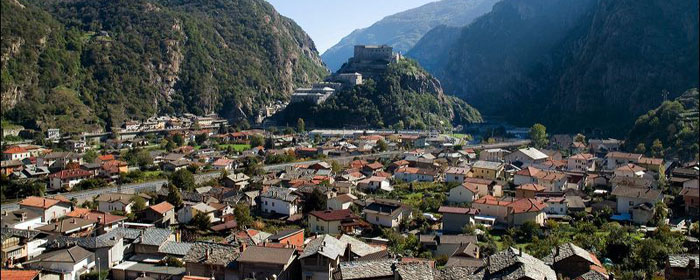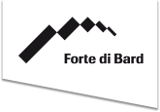THE VILLAGE OF BARD’S PAST

There is a harmonious bond between the birth of this medieval village and the defence system erected along the immense rocky spur at the top of which there once stood a castle. It is highly likely that the village was originally enclosed by a defence wall and accessed by two gateways, one in the east and the other in the west. Very little trace remains of the east gateway but the west gateway still survives today and corresponds to the arch of Palazzo Nicole. We know for certain, however, that during the Napoleonic seige of 1800 both gateways were equipped with drawbridges.
Most of the buildings were constructed upon ancient Roman walls (still visible today in many of the cellars) forming the support base of the road.
Deep under the habitation runs the ancient Furiana canal which flows into the Dora River; a refluent water drainage system created by the Romans and still in use today.
As the only way in and out of Valle d’Aosta was through Bard, the village very quickly became wealthy thanks to the ceaseless traffic, commerce and the collection of tolls. All merchandize, including animals, were scrupulously taxed and catalogued. Hence, we know that all kinds of luxury and exotic goods passed through Bard including salt, silk and spices as well as animals and birds such as sparrowhawks, falcons, monkeys and several breeds of horses. It was only in 1783, under Savoy rule, that the levying of “gateway” tolls was finally abolished.
In 1856 works began on a new carriageway (the present day state road, SS.26) and on its completion in 1862 all traffic in and out of Valle d’Aosta was redirected along the new route. Consequently the village became progressively isolated and went into steady decline. Thankfully, the buildings of great historical value were saved from modern day contamination and abuse, maintaining therefore a spirit of the past that never fails to fascinate the visitor.
THE VILLAGE TODAY

Bard is a typical thoroughfare village born along the Roman consular road. Today it retains its medieval layout and the precious 15th and 16th century residential buildings are extremely well-preserved.
Art historians have classified approximately 25 distinctive archaeological details including crossed and mullioned bifore (windows with 2 lights), frescoes, and a stone spiral staircase with steps that open out like a fan around the viret central axis.
There is a magical atmosphere of once upon a time as you walk along the only street of the village, an atmosphere that becomes even more evocative with the shows and events that take place at different periods throughout the year: Dicember nights illuminated by holy cribs, medieval pageants during the carnival and mid-August holidays, the annual Marché au Fort (a gastronomy and wine festival that occurs on the second Sunday of each October month).
THE MICROSYSTEM

The Fortress Regeneration Project was born as a result of the economic crisis in the Lower Valley and is part of a much wider scheme regarding not only the revival of the fortress and the medieval village but also in developing the entire local territory (a microsystem formed of Bard, Donnas, Pont-Saint-Martin); its natural environment, its artistic and historical sites, and the tourist and cultural network linked to the area. It is an economic, cultural and political programme designed to promote and develop sustainable cultural and environmental tourism in the lower and middle valley. An ambitious project targetting the widespread issues related to the local territory with the aim of diversifying the established industrial monoculture and to make regional tourism an all-year-round attraction rather than just a seasonal one.


